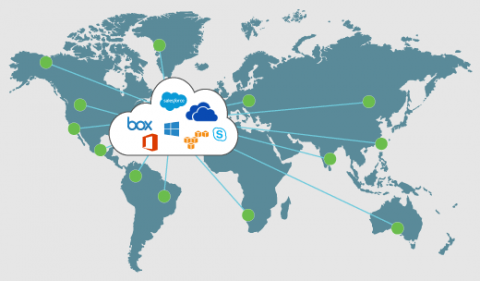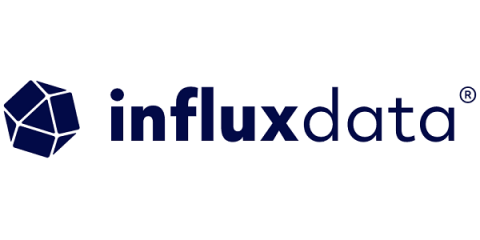Operations | Monitoring | ITSM | DevOps | Cloud
Analytics
Reduce MTTR with Crowd-Sourced Analytics
Elastic Stack Monitoring with Elastic Cloud on Kubernetes
Elastic Cloud on Kubernetes (ECK) is the official operator for provisioning Elastic Stack deployments in Kubernetes. It orchestrates not only day-one provisioning, but also has the processes and best practices for day-two management and maintenance baked in. If you want to run your own Elastic Stack deployment on Kubernetes, then look no further than ECK!
InfluxDB 2.0 Release Candidate Now Available
Today we announce InfluxDB 2.0 Open Source’s first official release candidate (RC). This represents a final version of the software as we move towards general availability. We appreciate all the feedback from our users over the last few years and realize that getting to this stage has taken longer than any of us predicted.
A breath of fresh air - Turning data into improved indoor air quality with Splunk
Suffering from severe headaches during meetings, feeling fatigued and lethargic due to lengthy powerpoints and monologues (you know, the ones that go on and on)? If that sounds oh so familiar to you, we have good news: it’s not you. And (usually) neither are your colleagues nor their presentations to blame. More often than not, the culprit for a “meeting hangover” is “bad”, stale air.
Putting anomalies into context with custom URLs in Kibana
Machine learning in the Elastic Stack provides you with an intuitive way to detect anomalies in vast data sets. But even the most sophisticated anomaly detection job might not reveal the root cause of anomalous behavior. After an anomaly is detected, you may need to dive into further analysis, review multiple corresponding metrics, and investigate how they relate to the anomalous spike.
Virtual Time Series Meetup - September 2020
A 'Connected' Bank - The power of data and analytics
The next 10 years will redefine banking. What will differentiate top banks from their competitors? Data and derived insights.
Aggregate Data with Elasticsearch Data Frames
Ingesting various events and documents into Elasticsearch is great for detailed analysis but when it comes to the common need to analyze data from a higher level, we need to aggregate the individual event data for more interesting insights. This is where Elasticsearch Data Frames come in. Aggregation queries do a lot of this heavy lifting, but sometimes we need to prebake the aggregations for better performance and more options for analysis and machine learning.
TL;DR InfluxDB Tech Tips - How to Use the CLI Locally to Access the Flux REPL and Write a Regular CSV to InfluxDB Cloud
In this post we share how to use the InfluxDB CLI with InfluxDB Cloud. This TL;DR assumes that you have registered for an InfluxDB Cloud account – registering for a free account is the easiest way to get started with InfluxDB.










